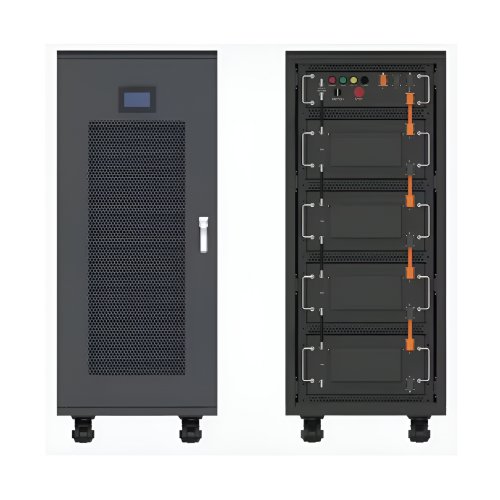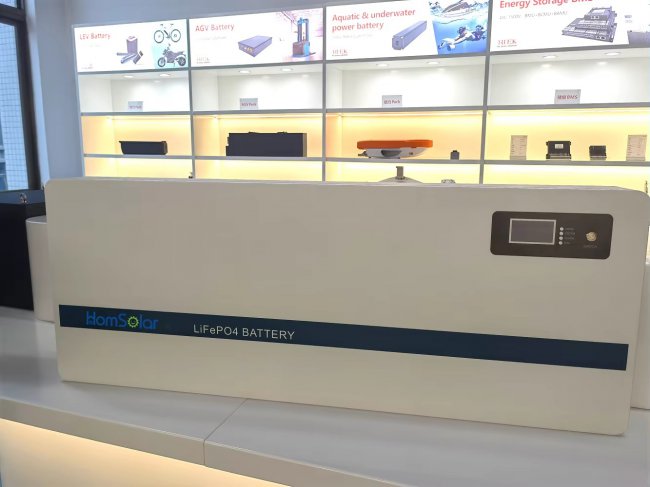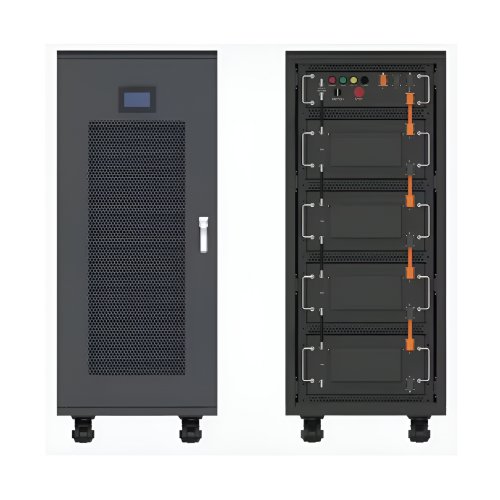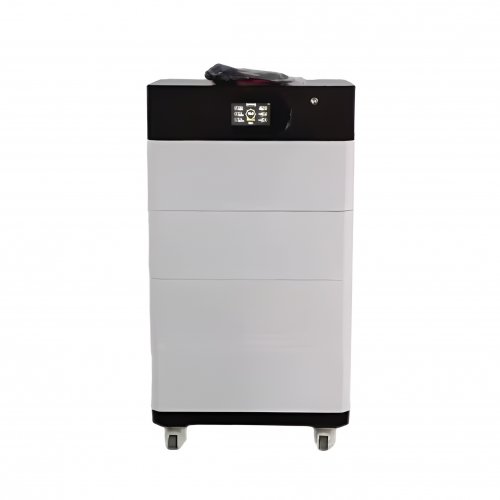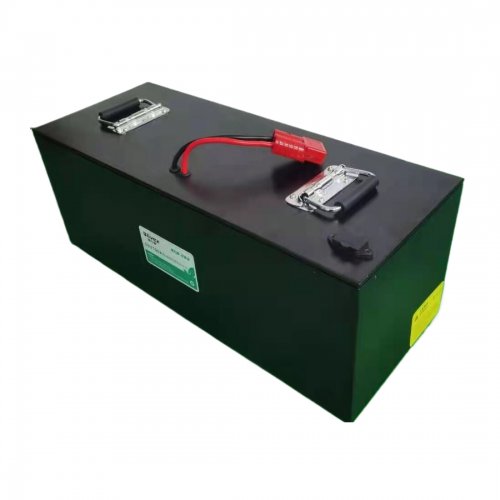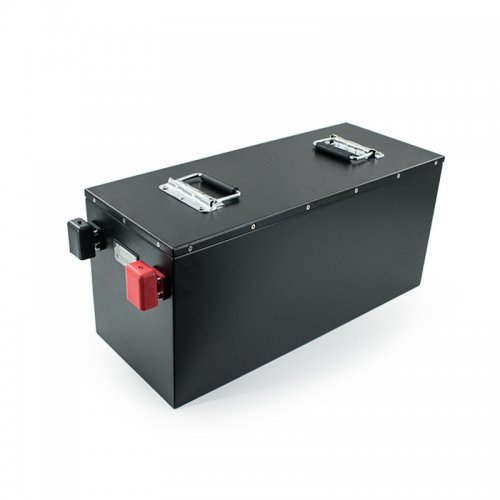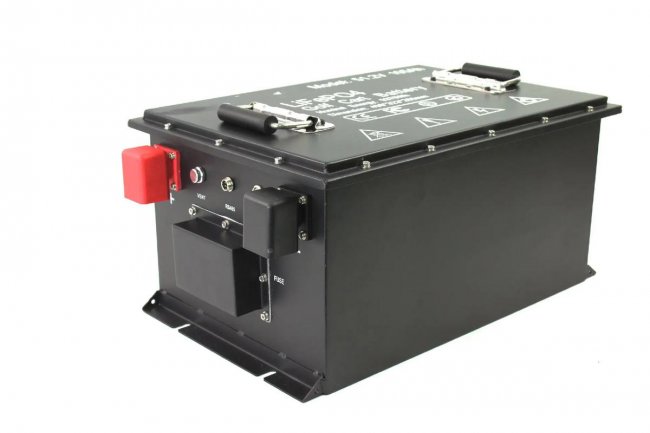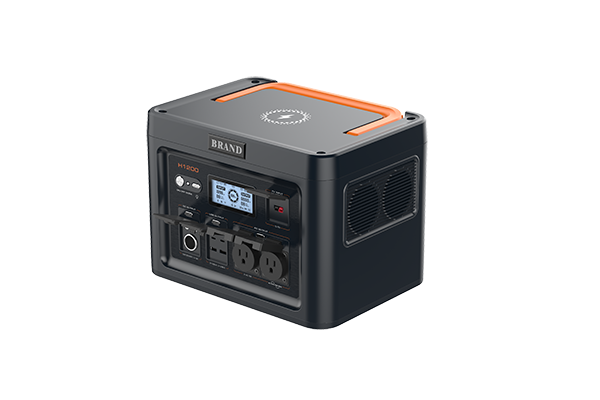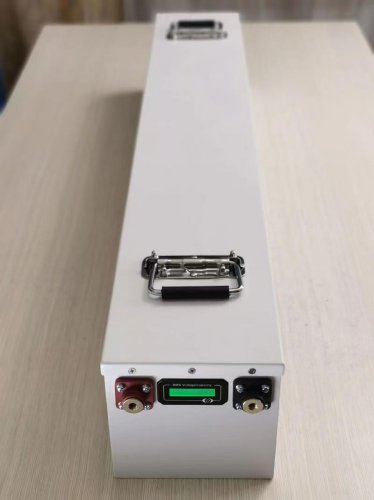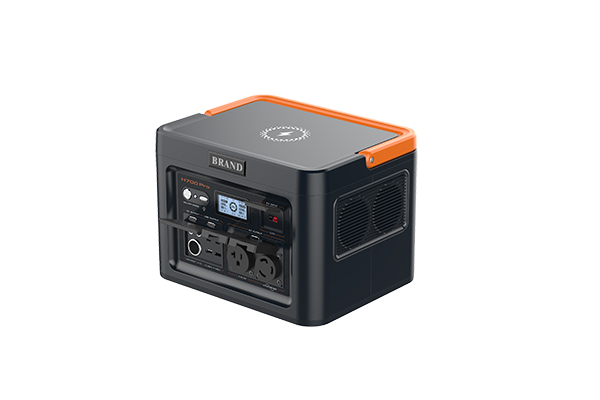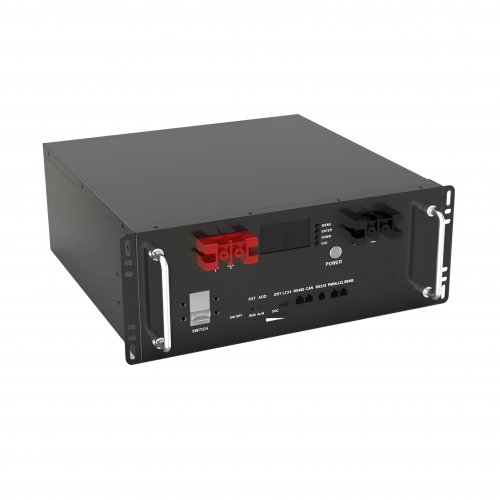Advances In Lifepo4 Cathode Materials: Enhancing Performance Through Nanoscale Engineering And Surface Modification
For over two decades, lithium iron phosphate (LiFePO4, or LFP) has stood as a cornerstone cathode material in the lithium-ion battery (LIB) industry. Its exceptional thermal stability, remarkable cycle life, inherent safety, and low cost have cemented its role in applications ranging from electric vehicles (EVs) to large-scale grid storage. Despite these advantages, its intrinsic limitations—namely, low electronic conductivity and slow lithium-ion diffusivity—have historically constrained its rate capability and energy density. Recent scientific endeavors have focused on overcoming these hurdles through sophisticated nanoscale engineering, advanced doping strategies, and novel surface coating techniques, propelling LFP back into the spotlight of contemporary energy research.
A primary area of intense research has been the manipulation of material morphology at the nanoscale. The synthesis of nano-sized LFP particles drastically shortens the diffusion path for both lithium ions and electrons, significantly enhancing rate performance. However, mere reduction to the nanoscale introduces new challenges, including increased surface area leading to more side reactions and lower volumetric energy density. To address this, researchers have developed ingenious hierarchical structures. For instance, three-dimensional (3D) porous microspheres composed of interconnected nanoparticles have been successfully synthesized via solvothermal and spray pyrolysis methods. These structures, as detailed by Wang et al. (2022), provide a continuous conductive network, facilitate electrolyte penetration, and buffer volume changes during cycling, thereby improving both ionic and electronic transport while maintaining high tap density.
Concurrently, cation doping remains a highly effective strategy to boost the intrinsic electronic conductivity of LFP. By substituting a small fraction of Fe²⁺ sites with metal ions such as Ni²⁺, Mg²⁺, Zn²⁺, or V⁵⁺, the concentration of charge carriers is increased. A breakthrough in this domain involves multi-element co-doping, which creates a synergistic effect. Recent work by Zhang and colleagues (2023) demonstrated that co-doping with niobium (Nb⁵⁺) and zirconium (Zr⁴⁺) not only enhanced electronic conductivity but also stabilized the crystal structure by strengthening the P-O bonds in the PO4 tetrahedra, leading to superior capacity retention at high C-rates and over extended cycling.
Perhaps the most impactful advances have emerged from the frontier of surface and interface engineering. The application of uniform, conformal coatings is critical for suppressing the growth of detrimental solid-electrolyte interphase (SEI) layers and preventing iron dissolution, particularly at elevated temperatures. While carbon coating is the established industrial standard, its limited ionic conductivity has spurred the search for superior alternatives. Recent studies have explored coatings of fast-ion conductors (FIC) like Li₃V₂(PO4)₃ (LVP), LiTiO₂, and even atomically thin layers of graphene. A notable study by Chen et al. (2023) reported an LFP cathode coated with a nanolayer of lithium zirconium oxide (Li₂ZrO₃), a renowned FIC. This coating acted as a physical barrier against electrolyte decomposition while providing a rapid highway for Li⁺ ion migration, resulting in a dramatic improvement in capacity retention after 1000 cycles at 5C.
Beyond material synthesis, the integration of LFP cathodes with advanced battery technologies is a key trend. The development of LFP-based solid-state batteries (SSBs) is particularly promising. Pairing the inherently safe LFP cathode with a non-flammable solid-state electrolyte could potentially eliminate safety concerns while enabling the use of lithium metal anodes. Early research, such as that by Hu et al. (2024), has shown that constructing a stable, low-resistance interface between the LFP cathode and sulfide-based solid electrolytes is the critical challenge. Their work utilized a thin, functional interlayer of lithium silicate to achieve stable cycling, marking a significant step toward practical LFP-based SSBs.
Looking toward the future, the research trajectory for LiFePO4 is set on several exciting paths. First, the pursuit of ultra-thin, multifunctional coatings using atomic layer deposition (ALD) will allow for precise interface control at the angstrom level. Second, the application of artificial intelligence and machine learning for high-throughput screening of optimal doping elements and coating compositions promises to accelerate materials discovery exponentially. Furthermore, as sustainability becomes paramount, developing low-energy, aqueous-based synthesis routes for LFP will be crucial to minimize its overall environmental footprint. Finally, the exploration of sodium-ion batteries (SIBs) has inspired analogous research on NaFePO4, suggesting that the knowledge gained from LFP optimization can be transferred to other sustainable battery chemistries.
In conclusion, LiFePO4 continues to evolve from a mature technology into a platform for advanced material science innovation. Through meticulous nanoscale design, strategic doping, and cutting-edge surface modification, researchers are continuously pushing the performance boundaries of this venerable material. Its unparalleled safety and cost-effectiveness, now coupled with increasingly competitive performance, ensure that LFP will remain a vital and dynamic component of the global strategy to achieve a sustainable energy future.
References:Chen, X., et al. (2023).Advanced Energy Materials, 13(15), 2203045.Hu, J., et al. (2024).Nature Energy, 9(1), 78-86.Wang, Y., et al. (2022).ACS Nano, 16(4), 6450-6460.Zhang, L., et al. (2023).Journal of Materials Chemistry A, 11(5), 2202-2213.
Customized/OEM/ODM Service
HomSolar Supports Lifepo4 battery pack customization/OEM/ODM service, welcome to contact us and tell us your needs.


HomSolar: Your One-stop LiFePO4 Battery Pack & ESS Solution Manufacturer
Our line of LiFePO4 (LFP) batteries offer a solution to demanding applications that require a lighter weight, longer life, and higher capacity battery. Features include advanced battery management systems (BMS), Bluetooth® communication and active intelligent monitoring.

Customised Lithium Iron Phosphate Battery Casing
ABS plastic housing, aluminium housing, stainless steel housing and iron housing are available, and can also be designed and customised according to your needs.

HomSolar Smart BMS
Intelligent Battery Management System for HomSolar Energy Storage System. Bluetooth, temperature sensor, LCD display, CAN interface, UART interface also available.


Terminals & Plugs Can Be Customized
A wide range of terminals and plugs can be customised to suit the application needs of your battery products.

Well-designed Solutions for Energy Storage Systems
We will design the perfect energy storage system solution according to your needs, so that you can easily solve the specific industry applications of battery products.



About Our Battery Cells
Our energy storage system products use brand new grade A LiFePO4 cells with a battery lifespan of more than 4,000 charge/discharge cycles.



Applications in Different Industries
We supply customized & OEM battery pack, assemble cells with wiring, fuse and plastic cover, all the cell wires connected to PCB plug or built BMS.
Applications: E-bike, Electric Scooter, Golf Carts, RV, Electric Wheelchair, Electric Tools, Robot Cleaner, Robot Sweeper, Solar Energy Storage System, Emergency Light, Solar Power Light, Medical Equipment, UPS Backup Power Supply.
We can provide you with customized services. We have the ability to provide a vertical supply chain, from single cells to pack/module and to a complete power solution with BMS, etc.


HomSolar (Shenzhen) Technology Co., Ltd








